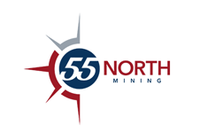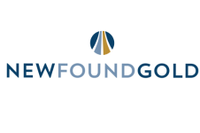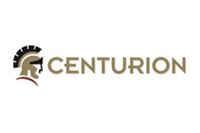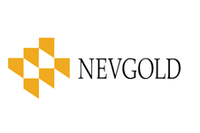Investing in Physical Gold in Australia
Thinking of buying gold? Here are some things to know about investing in physical gold in Australia before you jump into the market.
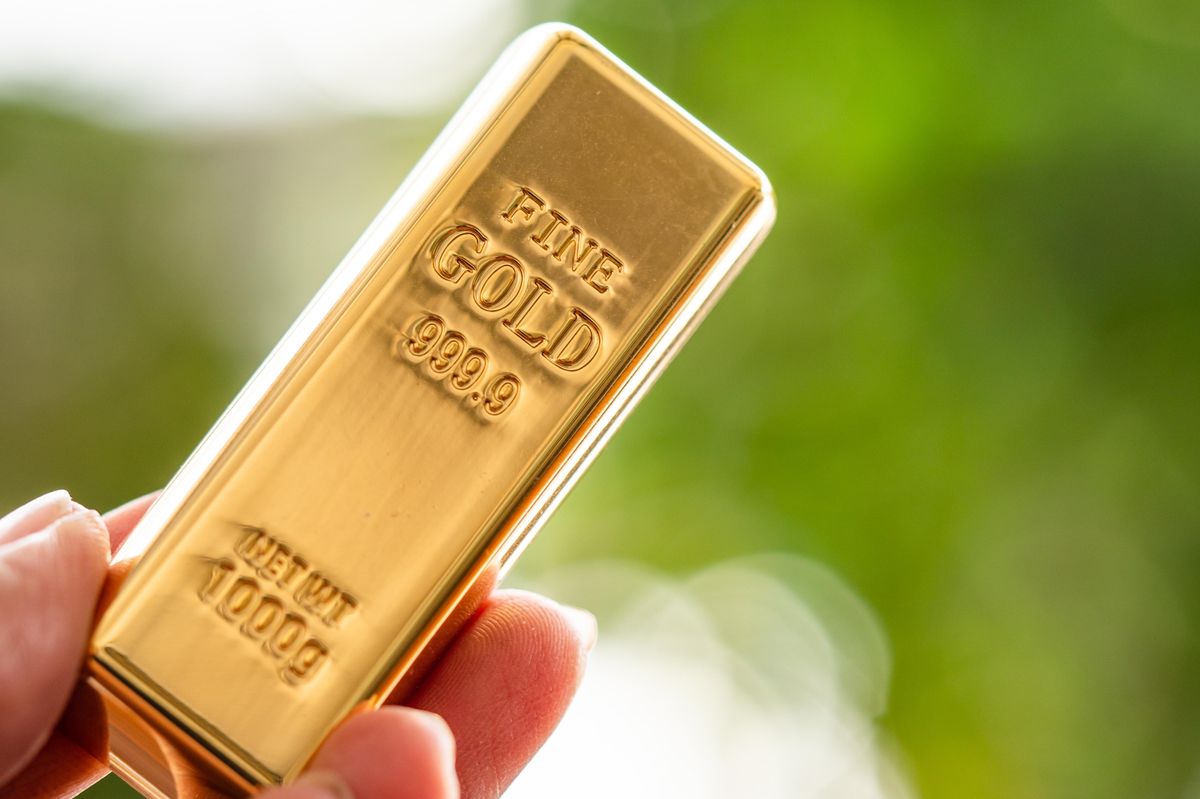
Over the past century, private investors have often invested in physical gold as a safe-haven metal and hedge against inflation and the volatility of stock markets.
Gold has breached US$2,000 per ounce this year and may well eclipse its previous record of US$2,072.50, set in August 2020. The bullish outlook for gold has been fuelled by persistently high inflation in the US and Europe, as well as Russia's invasion of Ukraine, which has sent commodities prices soaring while rattling equity markets.
This comes as welcome news to Australia's gold-mining sector, which is home to 14 of the world's 20 largest gold mines, as well as a staggering total of 704 exploration companies listed on the ASX.
Physical gold in Australia: A historical store of wealth
Gold has long played a major role as a financial asset across the globe, acting as a payment mechanism for goods and services and the basis for measuring the wealth of nations.
The glittering metal is first believed to have been used in 4000 BCE to manufacture objects of worship and jewellery. In 1500 BCE, ancient Egypt began using it as an official medium for international trade. Gold then acquired additional importance as a financial instrument in 700 BCE, when countries being minting it into coins.
In the late 19th century and early 20th century, gold was the basis on which countries fixed the value of their currencies using a system known as the gold standard. Gold served as the mechanism by which countries established a fixed relationship between paper money and a specific quantity of the metal, thereby limiting the amount of fiat currency expenditure according to the level of a nation's gold reserves.
Owing to financial strains imposed by the Great Depression, many countries raised interest rates to encourage people not to draw down their bank balances and convert their fiat currency into gold. But this did little to alleviate diminishing public confidence in paper money, and gold hoarding accelerated.
As a result, Great Britain and many other European nations abandoned the gold standard in 1931, followed by the US in 1933. In 1973, the US government definitively ended the convertibility of the dollar into gold. Nevertheless, gold continued to be traded on stock exchanges, and private investors continued to buy, sell and accumulate the precious metal as a safe haven against the impact of inflation on the buying power of paper currency.
For that reason, gold market analysts typically recommend that investors build a diversified portfolio with a portion of their wealth in gold bullion. In recent decades, the price of gold has held relatively steady, and the metal is still seen as a stable investment vehicle as compared to the volatility of share prices on the world's leading stock exchanges. Gold sank to a 30 year low of US$413.90 in April 2001, but its value soared nearly five-fold to over US$2,000 in September 2011. In the first few months of 2022, the price of gold has hovered at the US$1,900 level.
Physical gold in Australia: Buying and receiving metal
There are several gold dealers in Australia, so their will location will matter for those who plan to buy gold in person. A primary option for many investors who want to own physical gold is to buy bullion directly from the Royal Australian Mint, so they can have complete confidence that they are purchasing from a reputable dealer.
Leading Australian gold dealers
Some of the top-rated and largest sellers of physical gold across Australia include the Perth Mint (Perth), Bullion Capital and Ainslie Bullion (Brisbane), ABC Bullion and KJC Bullion (Sydney), Gold Stackers Australia and Melbourne Gold Company (Melbourne) and As Good As Gold (Adelaide).
Investors should also pay attention to where their dealer sources its gold from and whether it is refined and produced by an established and recognised manufacturer.
Spot price vs. actual purchase price
A spot price by definition is the cost of immediate delivery and is a way to gauge the legitimacy of an ask or retail price. A retail price is an amount that includes a markup or premium. Unfortunately, it’s usually not until investors make their first purchase that they realise that the gold spot prices quoted on commodities exchanges are marginally lower than the actual prices charged by a dealer for acquiring physical gold.
In addition to premiums, there are numerous other expenses investors should be prepared to pay when purchasing pure gold, including shipping, handling and insurance. There may also be processing fees or fees for small lot purchases. In some instances, prices may be higher for individuals who choose to pay with a credit card. Gold prices may also be lower for those purchasing larger quantities.
Commissions
Another important consideration when buying gold is commissions. Investors should always do due diligence, not merely with respect to evaluating a gold dealer's reputation, but also on the commissions it charges for purchases. One may also be asked to pay an assay fee to check the purity of the gold and to verify its authenticity.
Investors also need to verify in which currency they are buying gold. Gold prices are commonly quoted in US dollars, so it's key to compare the price offered by a dealer with the current price of gold in Australian dollars.
Delivery
One can choose to either take physical delivery of gold or to consign it to a storage facility such as Guardian Vaults, Fortis Vaults or other similar ultra-secure storage facilities, which dealers can arrange.
If one prefers to take physical delivery, it is vital to find out how and when the gold will be transported to you or to its place of storage and whether delivery is insured.
Physical gold in Australia: Coins, bars and rounds
Physical gold comes in diverse forms, and it's up to each investor to determine what works best for them. Coins, minted bars and rounds are three common choices.
Coins
Physical gold investors are generally looking for items that are 0.999 fine or pure. Several products fit this description, and one of the most preferred is gold bullion coins, such as the South African Krugerrand, the American Gold Eagle, the Canadian Maple Leaf and the UK's gold sovereign. Smaller than bars and ingots, gold coins are more convenient choices for individual or smaller investors. Gold coins are also easier to convert into cash when needed and are accepted as legal tender in their country of origin. Prospective buyers should note that precious metals are measured in troy ounces: 1 troy ounce equals 31.1 grams.
The main advantage with purchasing gold coins is that they come in smaller amounts — 1/10th of an ounce and up — which allows investors to begin accumulating gold in a more gradual way. A drawback with gold coins is that their specialised minting and distinctive mark comes with a premium attached; investors should compare the added cost of buying equivalent amounts of gold in the form of gold coins vs. minted bars and rounds.
Minted bars
Gold bars are another popular investment option. They come in a variety of sizes, ranging from small sizes like 1 gram or 1/10 ounce bars to large ones like 1 kilogram or 400 ounce bars; because of this wide array, this category of gold products can accommodate a wide range of investors.
Minted bars offer the advantage of being stackable for storage, and there is also the option of buying gold bars with a serial number; these are stored in a vault by a dealer and remain untouched until they are sold or moved.
Investors can also purchase plain cast bars, which is the cheapest form of gold bars. They only feature the stamp of the mint which produced them.
Rounds
Gold rounds are similar to coins, but are not legal tender. Both gold coins and gold rounds come in various sizes, usually ranging from 1/10 ounce to 1 ounce, though other less common sizes are available.
When the objective is to get the most metal for the least money, investors should opt for gold rounds and gold bars, which tend to be cheaper than gold coins of the same weight. The premium for gold coins is higher because of the added legitimacy that comes from being fabricated by government mints.
Don’t forget to follow us @INN_Australia for real-time updates!
Securities Disclosure: I, Harold Von Kursk, currently hold no direct investment interest in any company mentioned in this article.
- 5 Biggest ASX Precious Metal ETFs | INN - Investing News Australia ›
- Top 4 ASX Gold ETFs of 2022 - Investing News Australia ›
- How to Start Australian Gold Investing | INN - Investing News Australia ›
